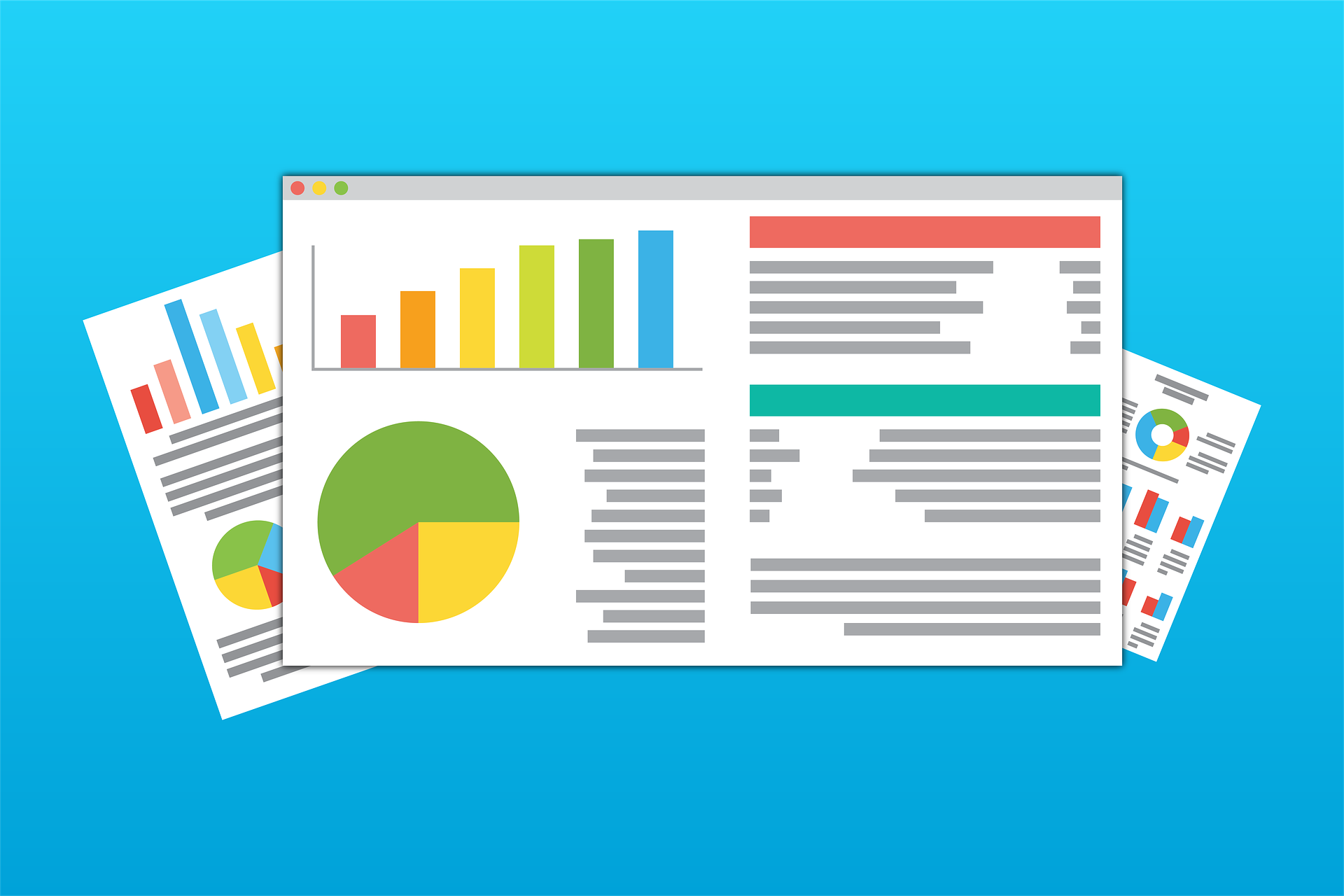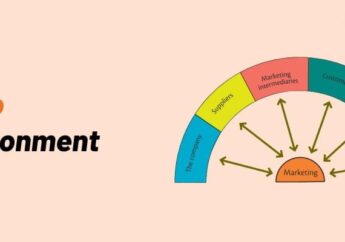How Military and Commercial Sectors Can Benefit from Powerful Data Analysis
by Arina Smith Management Published on: 13 September 2018 Last Updated on: 17 December 2020

Military and commercial sectors have vastly different goals and organizational structures, but they can both benefit in similar ways by implementing big data analysis solutions. Large commercial business and military departments have one thing in common – the need to efficiently manage an enormous number of assets and data inputs at the same time. Enterprise asset management makes this not only possible but profitable for businesses and highly effective for defense organizations.
Data analysis benefits Military and Commercial Sectors in a few notable ways.
1. Enterprise Asset Management:
Every branch of the military has its own collection of physical assets that they need to maintain, track, and utilize. Millions of large and small assets such as vehicles, weapons, communication devices, personal gear, and otherwise have to be effectively managed. Commercial businesses have the same challenge, although usually on a smaller scale.
Data analysis makes enterprise asset management possible. When inputs can be taken and analyzed automatically, a powerful analytics system provides the necessary information to understand how assets are currently being used and what future needs they have. Decisions can then be made about how each asset should be utilized to increase its productivity and reduce costs. Companies like Andromeda have already had success in building systems like this for military use, with great results.
2. Making Better Decisions:
When more information is available at the time of decision-making, better decisions can be made. In cases where the data was not available previously or was only available in limited ways, decisions can be made on stronger evidence rather than presumptions or anecdotes. During military battlefield operations or general peacetime management, this leads to better preparation and less risky decisions.
In the B2B commercial sector, Bain & Company illustrates how data systems can help companies make decisions they wouldn’t previously have been able to by providing legible data revealing important intersections of facts. When these facts and connections are not easily available at the time of decision-making, or when the data is not easily understood, decisions cannot be based on solid factual evidence and may be based on less justifiable inputs.
3. Data Prioritization:
Data analytics systems can be used to sift through enormous quantities of data and flag only important inputs for review by people. With machine learning and the right data parameters, data analysis can be largely automated for efficiency. The system then flags the appropriate human to receive an alert when something of interest is discovered within the data.
Much of the data received by the numerous inputs in military and commercial organizations have no real value or does not need to be reviewed by people. Automated data analysis creates the option for data to be automatically prioritized so only relevant information is flagged for human review. This eliminates the need for people to spend time reviewing long lists of results found within a collection of data.
4. Re-Directing Human Capital:
Machines and humans have completely different skillsets. By assigning data-intensive tasks to machines, human capital is freed up to do other activities more suited to the individuals’ skillset. For example, military data analysis can be used to search through an enormous database of images from unmanned aerial vehicles to find the position of ships on a large section of the ocean. With a data analysis system, parameters can be set to find all the relevant data from the images quickly.
Commercial sectors also have many areas where human capital is being wasted on tasks that are better suited for machines with the right programs and systems. Human capital can be better used to complete tasks that require interpretation of data rather than large-scale analysis and data mining.
5. Increasing ROI for Routine Activities
Maintenance repair activities need to be optimized to avoid wasting time, energy, or other resources. Enterprise asset management software like OptiAm can be applied to military or commercial assets to predict when maintenance or repair will be necessary based on all available data. Predictive maintenance and repair allow resources to be utilized more effectively and avoids time wasted on unnecessary maintenance.
When routine activities can be optimized to provide a higher return, organizations of all kinds benefit from it. Data systems can be used to ensure every process is being done in a way that makes the most sense and brings the most benefit to the organization.
6. Data Standardization:
It’s more difficult to make decisions based on data that are not displayed in a consistent and easily understandable format. Data systems can standardize data readings and bring everything together to form a more complete picture of what the data represents as a whole. Standardized data is an important trend in data analytics that is set to continue in both military and commercial applications.
Conclusion:
Systems for data analysis have many potential benefits when applied to challenges in the military and commercial sectors. The benefits mentioned here are only scratching the surface of what may be possible as the limits of data analysis are constantly pushed and expanded. Software for enterprise asset management, data mining, information curation, and other big data processes will continually reap increasing benefits as they are further developed in specific contexts.
Read Also:







































































































